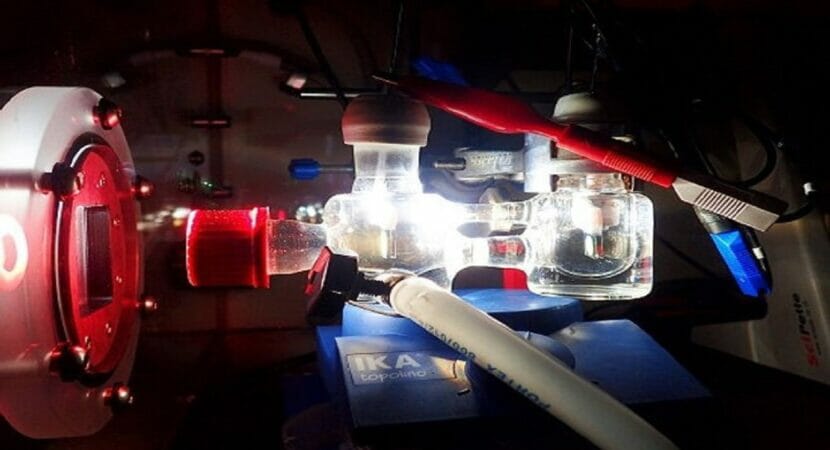
Scientists discover a new method to generate renewable fuel that could change the world. The technology uses solar energy to replicate the process of photosynthesis.
Researchers from Cambridge University, located in the United Kingdom, have developed technology that can remake the process of photosynthesis to transform carbon dioxide and water in fuel. The highlight of the research is that the renewable fuel can be used as fuel for vehicles already on the market.
With countries around the world looking for a way to move away from fossil fuels, electric forms of transport are being promoted while discouraging the sale of vehicles with internal combustion engines (ICE).
Renewable fuel technology can extend vehicle life
Despite the policy being well-intentioned, a mandatory switch to electric cars will leave millions of combustion vehicles in the scrapyard, while boosting demand for the rare earth minerals needed to make electric car batteries.
A renewable fuel like this, produced using solar energy, which does not emit carbon, could extend the life of ICE vehicles without raising concerns about harm to the environment. The technology research carried out in Cambridge promises to make this possibility a reality in the near future.
Os biofuels, as is the case with ethanol, have been suggested as substitutes for fossil fuels. Countries have already started to use them as substitutes in smaller proportions. However, the production of biofuels requires the diversion of agricultural land.
With global production constantly advancing, many question the need to turn food into renewable fuel. In the USA alone, 45% of the corn grown is used for ethanol production.
Erwin Reisner and his team of Cambridge researchers have been looking for alternatives to generate zero-carbon fuels and have found the answer in the artificial leaf. Just like their natural counterparts, artificial leaves transform CO2 and water into usable chemicals through solar energy, which can be of great help in the pharmaceutical, fuel or plastics industry.
Understand how new technology works
The researchers were able to use their artificial solar energy sheet to generate synthesis gas, a combination of hydrogen and carbon monoxide. However, they needed to generate much more complex chemicals in a single step if the technology had technical applications.
In this way, the researchers then created a catalyst using copper and palladium that made it possible for the artificial leaf to generate complex chemicals such as propanol and ethanol. Both multicarbon alcohols are also high-density fuels that can be easily stored and transported.
Research by other groups also led to the synthesis of these alcohol molecules, however the source of energy in this case was electricity. This is the first time that only solar energy has been used to generate the renewable fuel.
The technology is still in the proof-of-concept stage.. The research team is now working to optimize the light absorbers and catalyst so that more fuel can be produced, increasing the overall efficiency of the solar power system. Future work also involves increasing the sheet size so that large volumes of fuel can be generated at a time.
Advantages of solar energy
Solar energy does not generate pollution, it is clean, silent, renewable and can be used in areas isolated from the electrical grid, requiring minimal maintenance. In addition, the source generates low environmental impact, being one of the most sustainable in the world.
Its operation, whatever the project, is silent and discreet, avoiding the generation of unpleasant noise and contributing to the reduction of noise pollution. Every day, new projects and technologies with this font are emerging around the world.












Air Force F-16 fighters…
True friend, what they shot down were…
Air Force F-16 fighters…
I would like to know what planet you live on…
Air Force F-16 fighters…
Everything is fine, 100-year secrecy,…
Air Force F-16 fighters…
Well... It's flying scrap... Typical...
Air Force F-16 fighters…
Which genocide are you talking about? Than…
I didn't know about this news
Goodnight! My name is Francisco Rodrigues, I’m Cape Verdean…
I am a metallurgist, I work with metal structures and services…
I mean, 9 hours a day, 5 days…
I want to register
Boy, work 9 days, have a superior and…
I have experience in family grants....
I want to apply